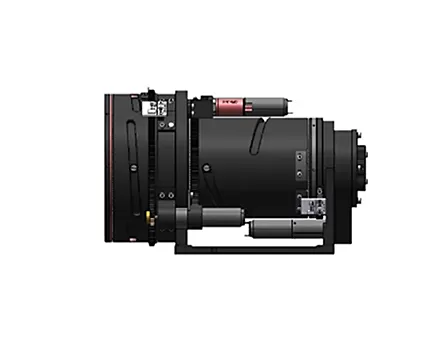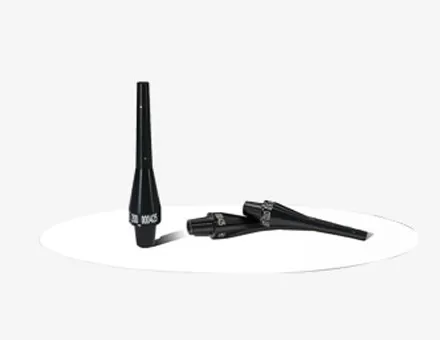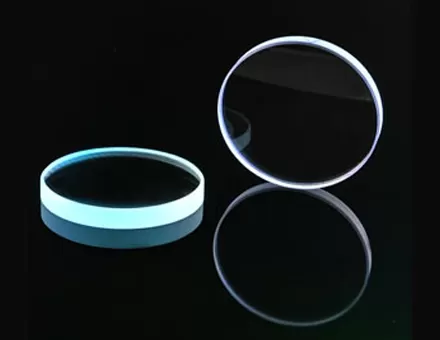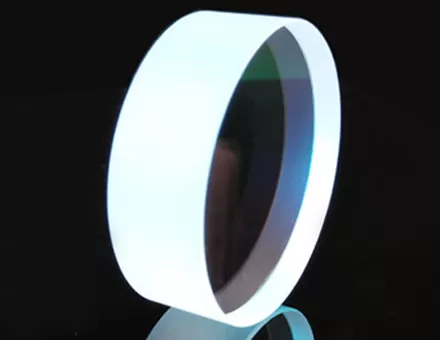What is a cylinder lens? Generally, it is a lens used to focus the incident light on the line or change the aspect ratio of the image. It is usually linear imaging, which can control the direction of the beam. The cylinder lens has a cylindrical surface, which can focus the incident light on a certain dimension and stretch the image. The focal length of the cylinder lens can be negative or positive, which is suitable for laser line generation or deformation beam shaping to cyclize the laser output.
1. The principle of cylinder lens
The principle of cylinder lens is to add a layer of cylinder lens in front of the liquid crystal display so that the image plane of the liquid crystal display is located on the focal plane of the lens. In this way, the pixels of the image under each optical cylinder lens are divided into several sub pixels, so that the lens can project each sub-pixel in different directions. Therefore, when you look at the display screen from different angles, you can see different sub pixels. However, the gap between pixels will also be enlarged, sub pixels cannot be simply superimposed. The cylinder lens is not parallel to the pixel column, but at an angle. In this way, each group of sub pixels can repeatedly project the viewing area, rather than only one group of parallax images, so as to form a 3D image.
2. The advantages of cylinder lenses compared to general lenses
Compared with the general a spherical lens, the production of this kind of lens will be very difficult. It is necessary to select the material reasonably, pay attention to the characteristics of the material texture, bubbles, impurities, uniformity and so on. And pay attention to the product specifications and quality control, such as scratches, dents, gloss and so on, and high-quality grinding technology.
The cylinder lens in the aspheric lens, using the spherical system, has the characteristics of describing the imaging respectively, and it plays a special role in some special occasions. This paper mainly analyzes the imaging principle of cylinder optical lens, the tracking of reflected light of cylinder optical lens, and the application of cylindrical lens optics in optical imaging system.
During the processing of the hyperbolic cylindrical-planar lens, errors are inevitable, which makes the lens structure inconsistent with the theoretical value, and it is difficult to achieve the best collimation effect. Based on the ray tracing theory, the characteristics of the lens collimated semiconductor laser beam are studied. Using analytical methods, the influence of lens structure parameters, material refractive index and the distance between the light source and the lens on the collimation effect of the lens is discussed. The results show that proper selection of lens structure parameters and light source position parameters can make the cylinder lens achieve the best collimation effect. It provides a theoretical basis for the improvement of the collimation performance of the hyperbolic cylinder-plane lens and the improvement of the beam quality in the fast axis direction of the semiconductor laser.


















 EN
EN





